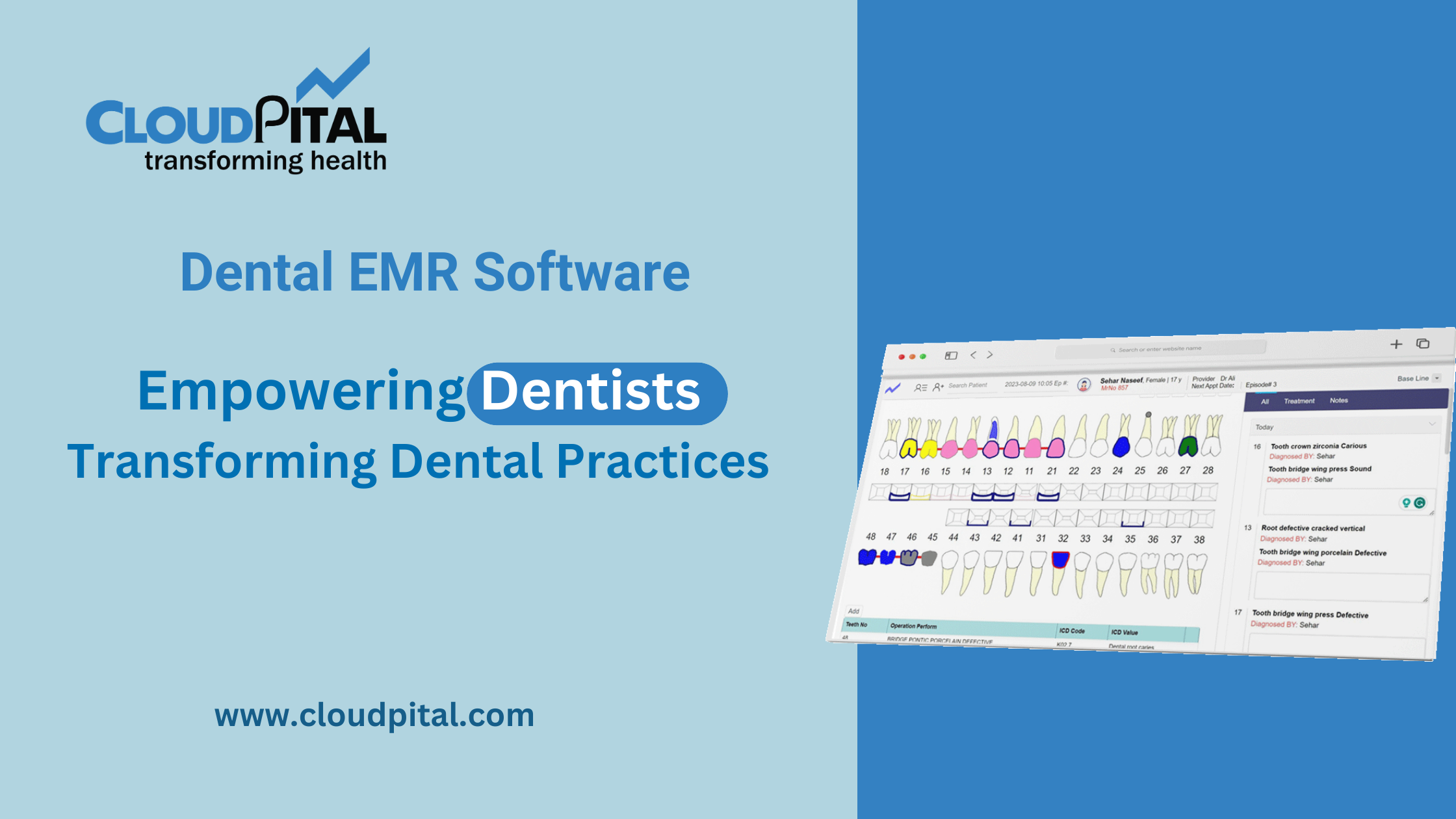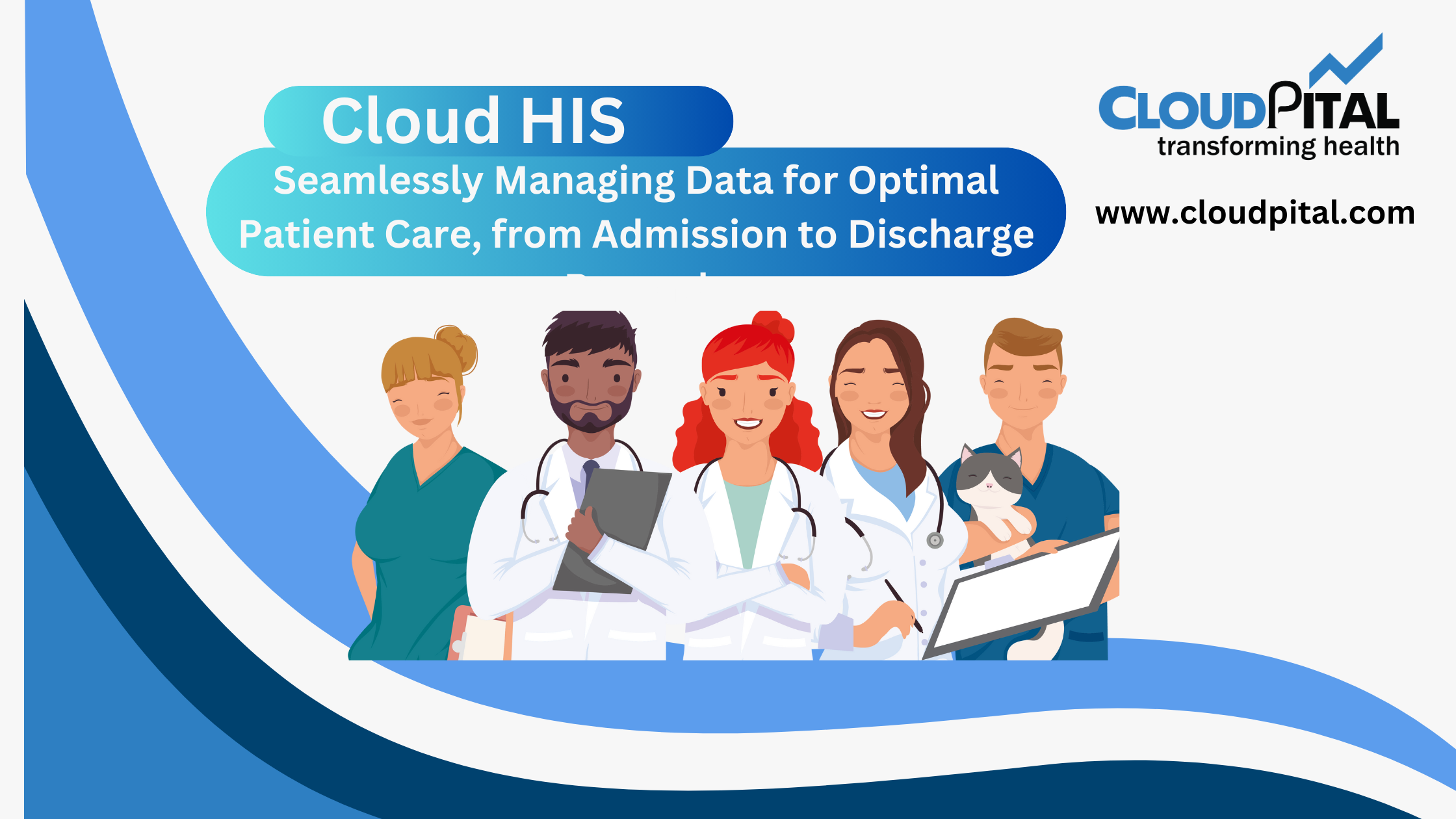Cloudpital # 1 is one of the top Patient Portal developed to integrate technology that streamlines patient care, minimizes administrative tasks, and facilitates communication between patients and healthcare professionals. Perhaps the greatest innovation in contemporary healthcare is the patient portal. These web-based platforms provide patients with convenient access to their medical history, appointments, and other vital health data, enabling them to become more engaged in their own healthcare.
Click to Start Whatsapp Chatbot with Sales
Mobile: +966547315697
Email: sales@bilytica.com
Cloudpital # 1 Patient Portal
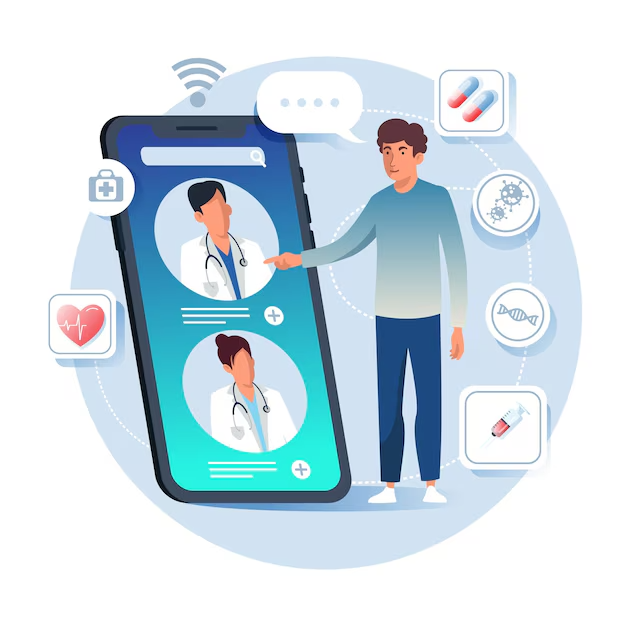
Patient portals are a one-stop point at which patients can communicate with their health care team, monitor their health data, and have better knowledge about their treatment plans. In this blog, we will discuss different features generally found in a patient portal and how they help enhance access to and quality of healthcare for patients.
Access to Medical Records
One of the core functions of any patient Patient Portal is access to the patient’s medical records. Patients can see their medical history, including previous diagnoses, treatments, allergies, immunizations, and surgeries, through the portal. This function enables patients to have a complete picture of their health status and enables them to make informed decisions regarding their care.
For medical professionals, this aspect ensures that patients are receiving the right treatment by having an up-to-date and comprehensive medical record in their possession at all times. It also minimizes the risk of errors resulting from incomplete or missing information.
Test Results and Reports
Patient portals also make it easier for patients to access their test results, laboratory reports, imaging reports, and other diagnostic findings. Patients can see their test results as soon as they become available, lessening the fear and uncertainty that result from waiting for results using the old approach.
This aspect also enables patients to monitor the evolution of their health over time and determine patterns that may signal alterations in their condition. For instance, a diabetic patient may observe their blood glucose levels for months and report any alarming patterns to their physician. Such an insight can enhance the patient’s capability to maintain control over their condition.
Appointment Scheduling
Those days are gone when patients used to call the doctor’s office to make an appointment. Now, most patient portals have an online scheduling feature. Through this feature, patients can choose available time slots according to their convenience, minimizing the administrative load on the healthcare office.
The computerized scheduling software also offers patients an easy way to handle appointments. They may reschedule or cancel appointments online with a mere click, helping prevent no-shows and facilitating providers to place patients more quickly.
Prescription Management and Refill Requests
Patient Portal automate prescription management through the ability of patients to request refills or renewal of their medications from the portal. Patients are able to see what drugs they are currently on, request refills, and even chat with their physician if they require changes to their prescription.
For health professionals, this functionality decreases the time devoted to handling refill requests, so they can concentrate on more critical parts of patient care. The feature also minimizes medication errors since it guarantees that patients receive the appropriate medications and dosages.
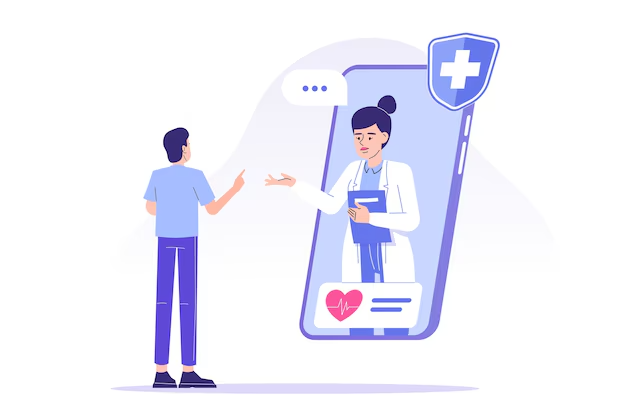
Secure Messaging and Communication
Optimal communication among patients and healthcare professionals is key to enhancing health outcomes, and an integrated secure messaging feature in patient portals has a significant role in facilitating this kind of communication. With secure messaging, patients can communicate with their healthcare providers via messages and respond to messages from their healthcare providers without making a phone call or visiting in person.
Billing and Payment Information
Handling EMR Systems costs can be overwhelming for some patients. Patient portals usually have a billing component in which patients can see their current bills, pay bills, and even arrange for payment plans if needed. This function increases the transparency of the billing process, making it simpler for patients to comprehend what they owe and why.
In addition, patients are able to monitor their insurance claims and verify their coverage status. With the inclusion of billing data in the portal, healthcare providers can streamline the payment process, lower administrative costs, and enable patients to better control their healthcare expenses.
Health Tracking and Monitoring
Most patient portals come with health tracking tools for patients to enter their health information and track their history in the long run. For instance, patients may log vital signs like blood pressure, blood sugar level, weight, or cholesterol. They also log physical activity, diet, and mental health.
Certain portals even support integration with wearable devices, so patients can sync their fitness trackers or smartwatches to the portal. This provides patients with a holistic picture of their health and enables healthcare providers to track important metrics remotely.
Patient Education Resources
Patient education is a critical component of enhancing health outcomes, and most patient portals have a library of educational materials specific to patients’ conditions or issues. These materials can be articles, videos, and interactive tools that assist patients in comprehending their diagnoses, treatment choices, and preventive care practices.
By providing educational content, patient portals enable patients to make informed choices regarding their care. It also assists in reinforcing the guidance provided by healthcare professionals during visits and equips patients with tools to monitor their conditions between visits.
Virtual Visits and Telemedicine
As telemedicine has grown, most patient portals have introduced a virtual visit option, which enables patients to communicate with healthcare providers through video consultations. This is particularly helpful for patients residing in rural communities, those who are mobility-impaired, or those who need follow-up treatment that does not necessitate an office visit.
Through the virtual visit feature, patients can discuss their symptoms, follow-up on treatments, and receive consultations for minor health concerns without leaving their home. This feature is particularly important in ensuring that patients continue to receive care even during times when they cannot physically visit the office, such as during a pandemic or in situations of inclement weather.
Integration with Other Healthcare Systems
One of the most sophisticated capabilities of Health Information and Management is that they can integrate with other healthcare systems, including Electronic Health Records (EHR) systems, laboratory systems, and pharmacy systems. This integration allows all of a patient’s health information to be linked and readily accessible from one location.
When patient data is seamlessly shared between different systems, healthcare providers have a more complete picture of a patient’s health, which leads to better coordination of care. Patients also benefit from having all their medical information in one accessible platform, reducing the chances of missing vital health details.
Conclusion
Patient portals are a highly effective tool that provides many features aimed at facilitating healthcare access, communication, and patient engagement. From granting patients access to their medical records and test results to enabling them to schedule appointments and request prescriptions, patient portals are revolutionizing how patients engage with their healthcare providers.
The capabilities of a patient portal not only enhance the effectiveness and efficiency of healthcare delivery but also enable patients to become more active participants in their own health care. As healthcare becomes increasingly complex, patient portals will continue to be a vital component of the patient experience, providing convenience, empowerment, and enhanced access to care for everyone.
Click to Start Whatsapp Chatbot with Sales
Mobile: +966547315697
Email: sales@bilytica.com
What features are included in a Patient Portal? similar software solutions prices were updated on 2025-06-15T15:12:41+00:00 in Saudi Arabia in Mecca, Medina, Riyadh, Khamis Mushait, Yanbu, Jeddah, Dammam, Unaizah, Uqair, Ha’il, Ta if, Al Bahah, Dhahran, King Abdullah Economic City, Najran, Diriyah, Qatif, Khafji, Jubail, Abqaiq, List of Cities and Towns in Saudi Arabia, Ras Tanura, Turubah, Jazan Economic City, Knowledge Economic City, Medina, Khobar, Abha, Tabuk, Saudi Arabia, similar software solutions prices were updated on 2025-06-15T15:12:41+00:00 We also provide in Saudi Arabia services solutions company in Hafar Al-Batin, Udhailiyah, Al-Awamiyah, Hofuf, Hautat Sudair, Buraidah, Tayma, Duba, ‘uyayna, Saihat, Al-Kharj, Al-ula, Jizan, Rumailah, Ar Rass, Arar, Shaybah, Al Majma’ah, Rabigh, Dhurma, Haradh, List of Saudi Cities by Gdp Per Capita, Badr, Sudair Industrial City, Baljurashi, Shaqraa, Al-Khutt, Habala, Ad Dawadimi, Dawadmi, Layla, similar software solutions prices were updated on 2025-06-15T15:12:41+00:00 Price is SAR 100 and this was updated on updated on 2025-06-15T15:12:41+00:00 similar What features are included in a Patient Portal? software solutions prices were updated on 2025-06-15T15:12:41+00:00 in Saudi Arabia in Haql, Afif, Al-Abwa, Farasan, Al-Jaroudiya, Thadig, Al-Thuqbah, Al Wajh, Almardmah, Al-Zilfi, Muzahmiyya, Prince Abdul Aziz Bin Mousaed Economic City, Tharmada’a, Skaka, Um Al-Sahek, Sharurah, Tanomah, Bisha, Dahaban, Al Qunfudhah, Qurayyat, Saudi Arabia, Ha’ir, as Sulayyil, Al Lith, Turaif, Al-Gway’iyyah, Samtah, Wadi Ad-Dawasir, Az Zaimah, Safwa City, Jalajil, Harmah, Mastoorah, Hotat Bani Tamim, Jabal Umm Al Ru’us, Rafha, Qaisumah, Al-Ghat, Hajrah, Al-Hareeq. Excerpt: Jeddah (also spelled Jiddah, Jidda, or Jedda; Arabic: Jidda) is a Saudi Arabian city located on the coast of the Red Sea and is the major urban center of western Saudi Arabia similar software solutions prices were updated on 2025-06-15T15:12:41+00:00 Price is SAR 100 and this was updated on updated on 2025-06-15T15:12:41+00:00
